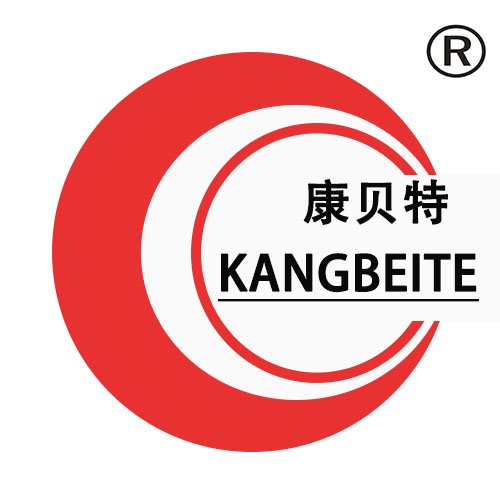En fiskförfarandelinje för fryst fisk är ett komplett, kontinuerligt system som är utformat för att omvandla färsk eller delvis frusen fisk till värdetillsatt frysta produkter (t.ex. frysta fiskfiléer, fiskportioner, panerade fiskpinnar eller hela frysta fiskar) samtidigt som kvalitet, säkerhet och efterlevnad av globala regler för skaldjur bevaras. Använd av stora skaldjursproducenter och frystmatstillverkare, hanterar denna linje de unika utmaningarna i bearbetning av fryst fisk – förebyggande av frysbrand (förlust av fukten), bibehållande av struktur (undvika cellskador från iskristaller) och säkerställande av mikrobiell säkerhet (hämning av patogener såsom Listeria monocytogenes eller Salmonella) genom hela arbetsflödet. De centrala modulerna i en fiskförfarandelinje för fryst fisk inkluderar: en tinningzon (för delvis frusen fisk – använder kylvatten eller lufttinning för att höja fisken till -2°C till 0°C, den optimala temperaturen för bearbetning utan fullständig upptining, vilket bevarar strukturen), en rengöringsstation (högtrycksvattensprutor och borstar för att ta bort slem, blod och fjäll, med valfri ozonsanitet), en avlopps- och huvudenhet (automatiska knivar eller mekaniska system för att ta bort inälvor, huvuden och fenor – anpassade efter fisktyp, t.ex. cirkulära knivar för små fiskar, hydrauliska system för stora fiskar såsom tonfisk), en fileteringsmodul (precisionssknivar eller vattenstrålar som separerar köttet från benen, med bensensorer (med röntgen eller nära infraröda sensorer) för att ta bort återstående ben – avgörande för livsmedelssäkerhet), en trimningsstation (tar bort fett, hud eller defekta delar för att säkerställa enhetliga filéer), en portioneringsenhet (skär filéerna i standardiserade storlekar (t.ex. 100 g, 200 g portioner) med roterande knivar eller ultraljudsskärmaskiner), en panerings- eller beläggningszon (för värdetillsatt produkter – applicerar paneringsmedel, deeg eller kryddor via elektrostatisk beläggning eller transportbältesbaserade system), en frystunnel (använder IQF-teknik (Individual Quick Freezing) med lufttemperaturer på -35°C till -45°C för att snabbt frysa produkterna, vilket förhindrar bildning av iskristaller, eller kryogenisk frysteknik med flytande kväve för ultrasnabb fryst av känsliga filéer), och en förpackningslinje (automatiserade system som försegla produkterna i fuktsäkra, syrebarriärförpackningar (t.ex. vakuumförpackningar eller skålar) för att förhindra frysbrand och förlänga hållbarheten, med etikettering för spårbarhet (partinummer, skördedatum, ursprung)). Materialvalet prioriterar hållbarhet och livsmedelssäkerhet: alla ytor som kommer i kontakt med fisken är tillverkade av rostfritt stål 316 (motståndskraftigt mot saltvattenkorrosion och fisksyror), och transportbälten är tillverkade av livsmedelsanpassad PU eller Teflon (icke-klibbiga, lätt att rengöra). Hygienen förbättras med CIP-system (Clean-in-Place), släta ytor och separata zoner för rå och bearbetad fisk (för att förhindra korskontamination). Energieffektiva funktioner inkluderar återvinning av värme (fångar kall luft från frysdiskar för att förkyla inkommande fisk) och kompressorer med variabel hastighet. Kontrollsystemen är avancerade, med PLC:er och HMI-skärmar (Human-Machine Interface) som övervakar bearbetningsparametrar (frystid, temperatur, portionsstorlek) och loggar data för efterlevnad av HACCP, FDA och EU-regler. Kapaciteten sträcker sig från 1 000–5 000 kg/tim för medelstora linjer till över 10 000 kg/tim för industriella operationer. För globala marknader är linjerna certifierade enligt standarder såsom MSC (Marine Stewardship Council) för hållbar källhänvisning och BRCGS för livsmedelssäkerhet. Sammanfattningsvis gör en fiskförfarandelinje för fryst fisk det möjligt för tillverkare att producera enhetliga, säkra och högkvalitativa frysta fiskprodukter i stor skala, vilket möter konsumenternas efterfrågan på bekväm, hållbar skaldjur och samtidigt följer de strängaste globala reglerna.




Upphovsrätt © 2025 av Shandong Kangbeite Food Packaging Machine Co., Ltd. Integritetspolicy